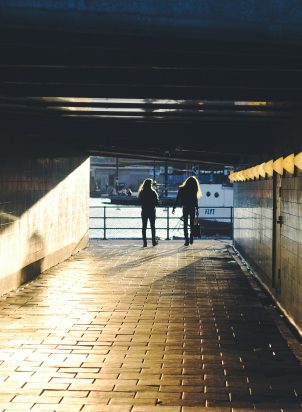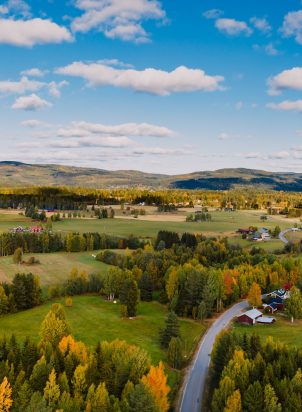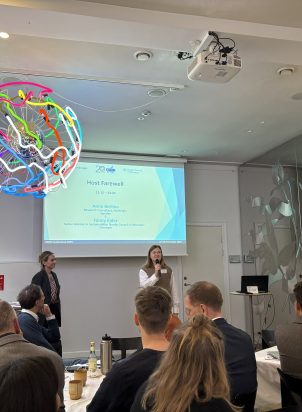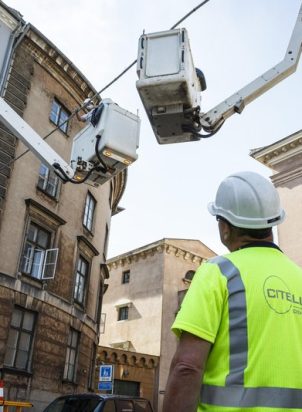Studies show that urban green areas enable societies to enhance biodiversity, mitigate and adapt to climate change, and reduce the risk of flooding and erosion. From an economic perspective, green space can make neighborhoods wealthier and increase housing costs. But how can the state support urban green infrastructure? Nordregio researchers studied this topic and published a new analysis on National Urban Parks and the role of the state in preserving urban green areas in Sweden and Finland.
The National Urban Park (NUP) is a planning instrument used by the state to preserve cities’ green infrastructure. The implementation of the NUP instrument in Sweden and Finland has been investigated to elucidate the potential role of the state in preserving urban green areas.
According to the authors, focusing on the role of the state in preserving urban green space is important in times of shared responsibilities, and multi-actor dialogues. The study depicts that state authorities can help to enhance urban green infrastructure by employing legal frameworks for preservation of green areas in terms of National Urban Parks.
“Successful implementation needs multi-level governance engagement to provide support for the delivery of innovative and sustainable solutions in green space management. The state can stimulate further development at the local level by giving inspiration and enhanced recognition of urban green infrastructure”, says Dr. Elin Slätmo, Senior Research Fellow at Nordregio.
Dr. Kjell Nilsson, Senior Advisor at Nilsson Landscape, adds that “Designating national urban parks is an effective instrument for the state to preserve the green infrastructure in our cities. But it requires that the municipalities concerned are actively involved. Otherwise, the effort risks becoming a one-off event“.
The researchers conclude that understanding the role of the state is as important as exploring the effects it may have on local communities from the perspectives of human well-being, ecosystem resilience, biodiversity, and livelihoods in terms of bioeconomy. The study calls for further collaboration between different levels of government regarding green infrastructure accessibility and protection.






